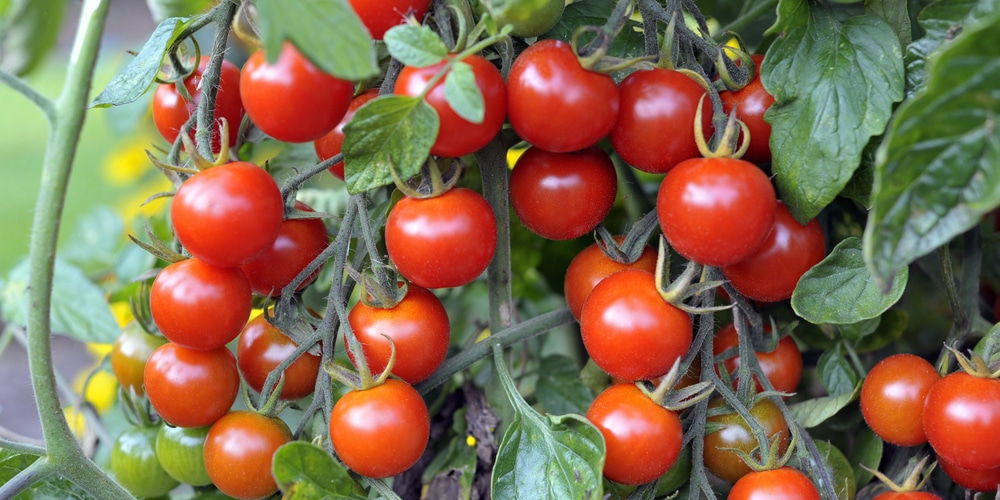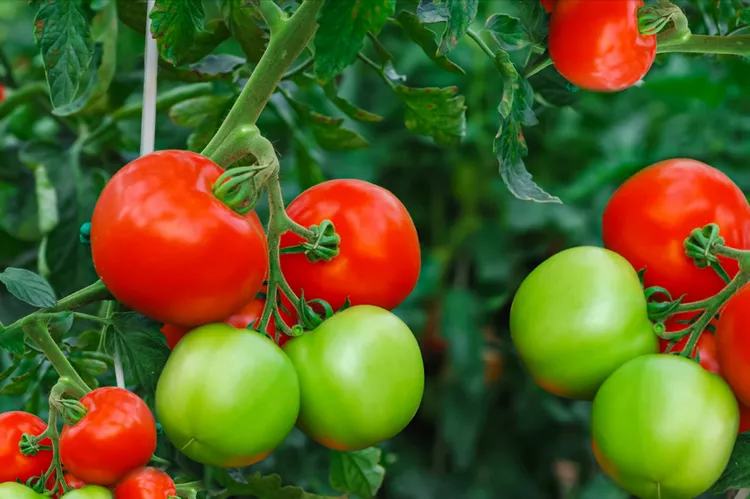Peat moss is a natural soil amendment that has gained popularity among gardeners for its numerous benefits. Regarding tomatoes, incorporating peat moss into the soil can provide significant advantages for plant growth and overall health. In this blog, we will discuss the advantages of using peat moss to guide effectively implementing it in your gardening routine.
Benefits of Peat Moss for Tomatoes
1. Enhanced Water Retention and Drainage
Peat moss has excellent water retention capabilities, ensuring that tomato plants receive consistent moisture. Additionally, it helps to improve soil drainage, preventing soggy conditions that can lead to root rot and other diseases.
2. Improved Soil Structure and Aeration
Adding peat moss to the soil can enhance its structure and create a looser, more friable texture. It improves root penetration and allows for better air circulation, promoting healthy root development and reducing the risk of soil compaction.
3. Increased Nutrient Availability
Peat moss acts as a sponge, absorbing and releasing nutrients as the plants need. It helps retain essential soil nutrients, preventing leaching and making them more accessible to tomato roots.
4. Disease Prevention and Control
Peat moss has natural antimicrobial properties that can help suppress certain soil-borne diseases, including damping-off and root rot. Its acidic pH also creates an unfavorable environment for some pathogens, contributing to healthier tomato plants.
How to Use Peat Moss for Tomato Plants
1. Preparing the Soil
Before planting tomatoes, prepare the soil by removing weeds and debris. Loosen the soil to a deep of around 12 inches, ensuring it is well-drained.
2. Mixing Peat Moss with Existing Soil
In a wheelbarrow or large container, combine peat moss and garden soil in equal parts. Mix thoroughly to create a homogeneous mixture.
3. Planting Tomatoes in Peat Moss-Enriched Soil
Dig a hole for each tomato plant, ensuring it is deep enough to adjust the root ball. Gently press the soil near the plant to save it. Put the plant of the tomato in the hole and backfill it with the peat moss-soil mixture.
4. Watering and Fertilizing Considerations
Water the tomato plants thoroughly after planting. Monitor the moisture levels and water when the top inch of the soil feels dry. Additionally, apply a balanced fertilizer according to the package instructions to provide essential nutrients.
Additional Tips for Using Peat Moss with Tomatoes
A. Mulching with Peat Moss
Spread a layer of peat moss around the base of tomato plants to act as mulch. It helps conserve moisture, suppress weeds, and regulate soil temperature.
B. Applying Peat Moss as a Top Dressing
During the growing season, periodically apply a thin layer of peat moss on the soil surface around the tomato plants. This top-dressing aids in moisture retention and nutrient availability.
C. Composting with Peat Moss
Combine peat moss with organic materials, such as kitchen scraps or yard waste, to create nutrient-rich compost. Use this compost to amend the soil in subsequent tomato growing seasons.
Conclusion
Incorporating peat moss into your tomato cultivation practices can bring about significant benefits. From enhanced water retention and improved soil structure to increased nutrient availability and disease prevention, peat moss is crucial in promoting healthy tomato plants. By following these steps and utilizing additional tips, you can harness the power of peat moss and enjoy a bountiful tomato harvest.



